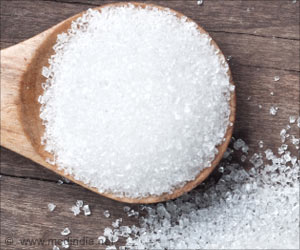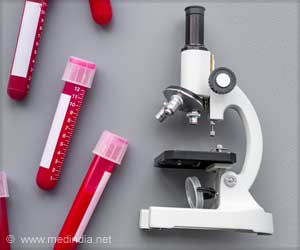Scientists have successfully created nerve cell connections with the help of artificial substances, a major advance in what is a major breakthrough. The researchers say these finds will help make nerve cell repair possible.
Scientists from Montreal NeurologicaI Institute and Hospital (The Neuro) and McGill University created the artificial nerve cell connections using plastic beads coated with a substance that encourages adhesion, and attracts nerve cells."Many therapies, most still in the conceptual stage, are aimed at restoring the connection between the nerve cell and the severed nerve fibres that innervate a target tissue, typically muscle," said Dr. David Colman, Director of The Neuro and principal investigator in the study.
"Traditional approaches to therapies would require the re-growth of a severed nerve fibre a distance of up to one meter in order to potentially restore function.
"The approach we are using however bypasses the need to force nerve cells to artificially grow these long distances, and eliminates the demand for two neurons to make a synapse, both of which are considerable obstacles to neuronal repair in a damaged system," he added.
The novel approach will help healthy nerve cells form functional contacts with artificial substrates in order to create a paradigm that can be adapted to model systems in which neurons are damaged.
It will be combined with strategies to encourage the outgrowth of damaged neuronal branches through which these connections, or synapses, are formed.
Advertisement
"Even though components of synapses have been induced in similar earlier studies, their functionality was not proven. In order to assess function - that is transmission of a signal from the synapse, we stimulated the nerve cells with electricity, sending the signal, an action potential, to the synapse.
Advertisement
"We believe that within the next five years we will have a fully functional device that will be able to directly convey natural nerve cell signals from the nerve cell itself to an artificial matrix containing a mini-computer that will communicate wirelessly with target tissues," Colman added.
The study appears in Journal of Neuroscience.
Source-ANI
RAS










